Shirakawa-go and Gokayama are famous for traditional gassho-zukuri farmer houses, some of which have a history of over 250 years. Gassho-zukuri in Japanese means “built as hands are praying”. The steep thatched roofs look like the shape of a monk’s hands assembled to worship Buddha.
This architectural style has been developed over generations and is designed so that the house can withstand the heavy snowfall in the winter. The roof does not need nails to create a large attic space for people to store agricultural products.
Ogimachi – the widest village in Shirakawa-go
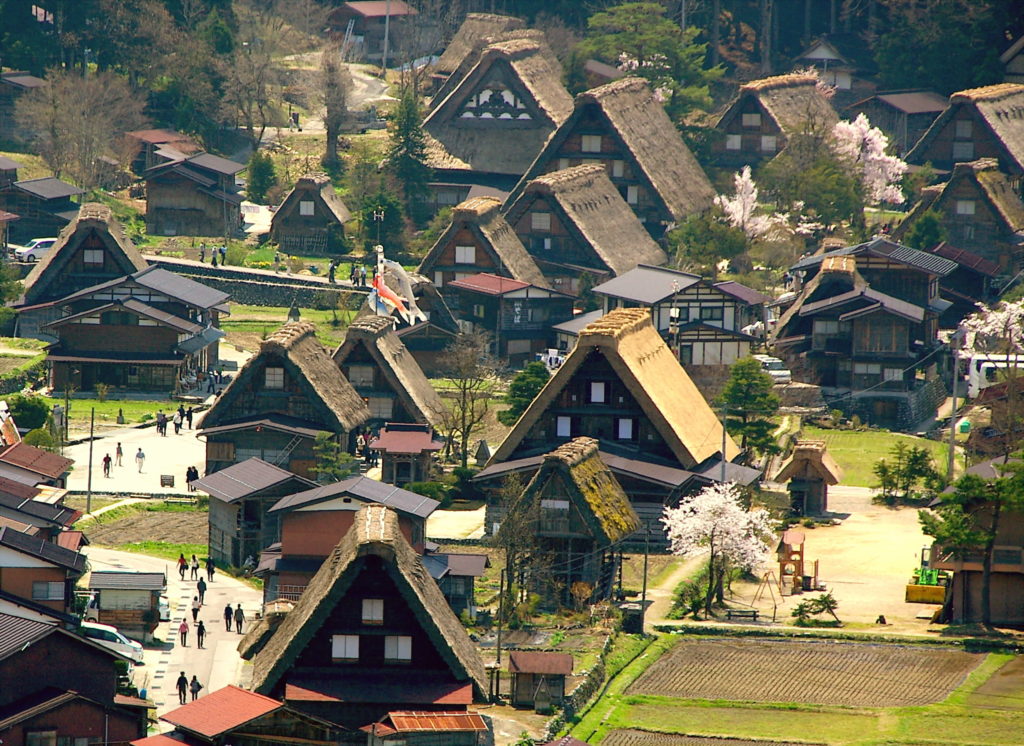
Ogimachi is the largest and most typical village of Shirakawa-go. You can start your journey from Takayama or get off the bus between Takayama and Kanazawa. The best way to experience this place is to stay for one night at a local house in the area.
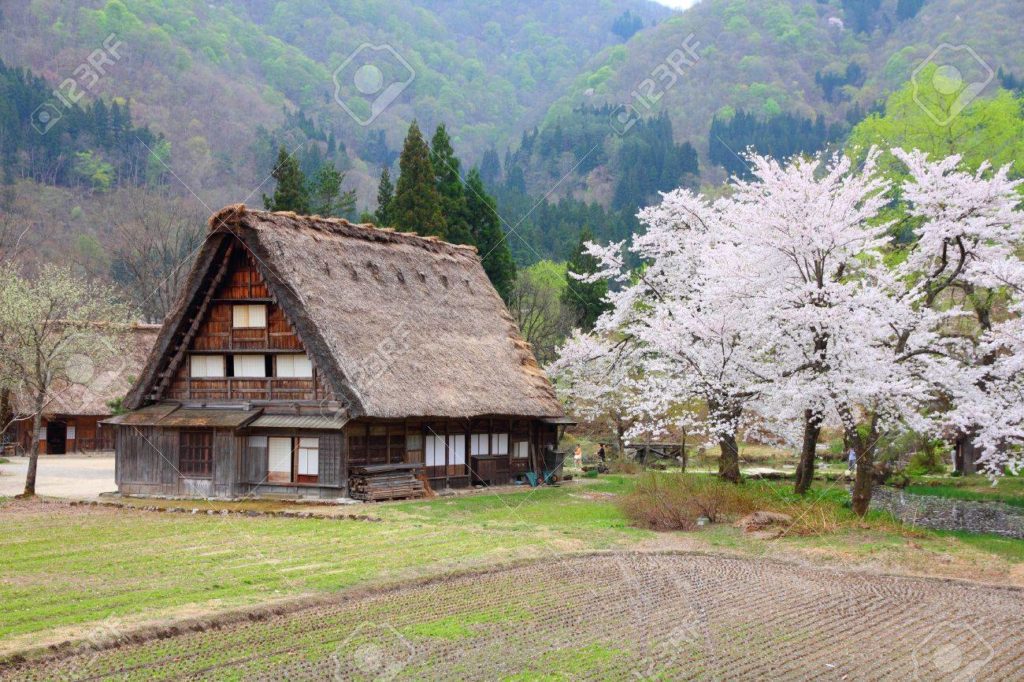
Ogimachi Village is most beautiful when covered with white snow or when the surrounding fields are surrounded by a greenery. The houses in Ogimachi are well preserved and protected. Currently, some houses have become private restaurants, hotels or hostels for tourists.
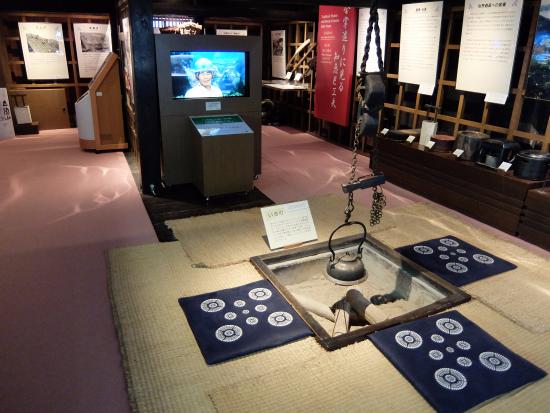
Many houses around the village have now been redeveloped to open a space museum across the river from the village center. The museum is spread along gassho-zukuri houses and attractive destinations in Ogimachi. The project is well planned to make Ogimachi the best tourist village in Shirakawa-go and Gokayama.
Suganuma – The impressed village of Gokayama
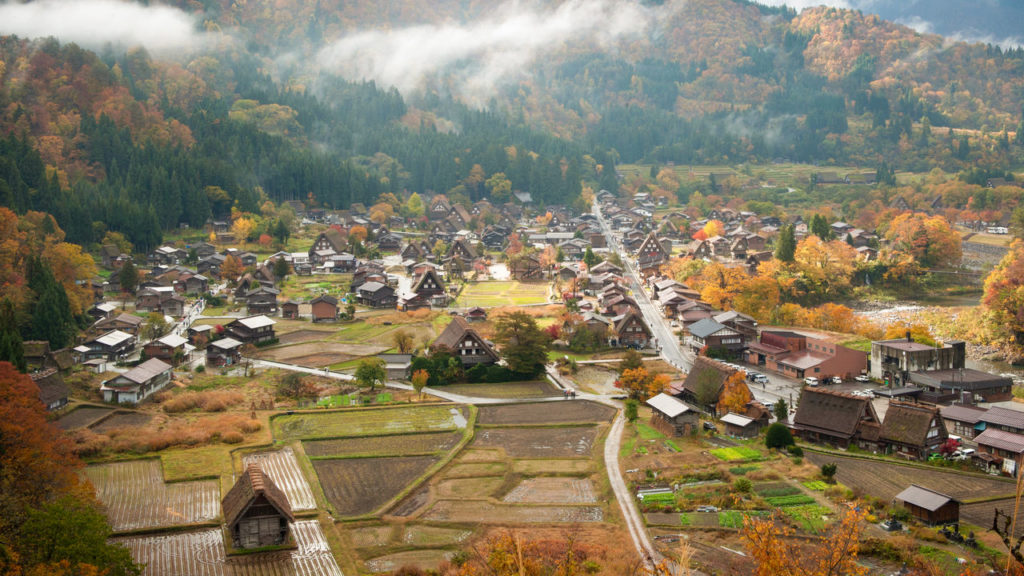
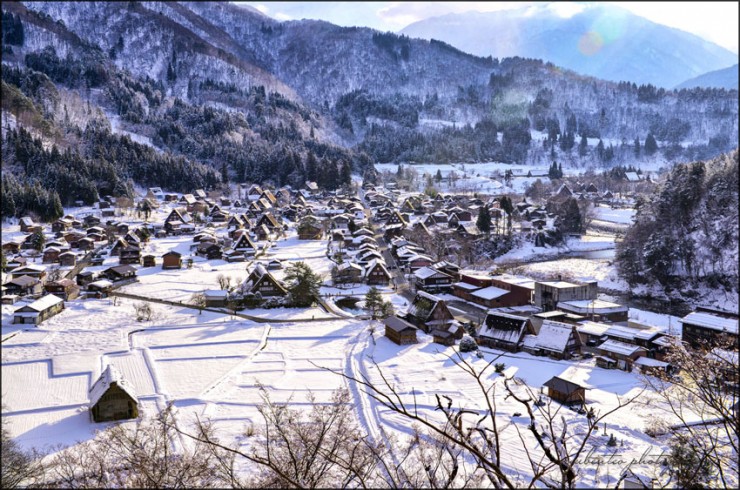
A little harder to get to Gokayama, you have to change many bus routes in Ogimachi. Gokayama is less developed and not as crowded as Shirakawa-go. The farmers’ villages in this region are smaller, more isolated and have little shadow of modern houses, of which Suganuma and Ainokura are arguably the two most beautiful villages in Gokayama.
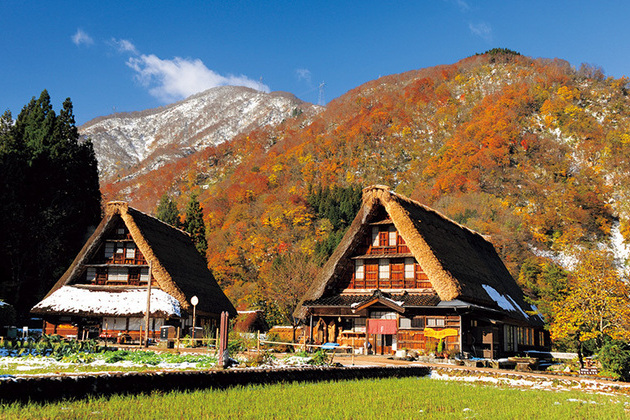
Suganuma includes the villages of Suganuma and Gokayama Gassho no Sato. To make it easy and friendly for tourists to visit Suganuma, the two areas are connected by a convenient walking tunnel. In addition, visitors can go to the observation points on the hill by elevator and stand watching the whole village from above.
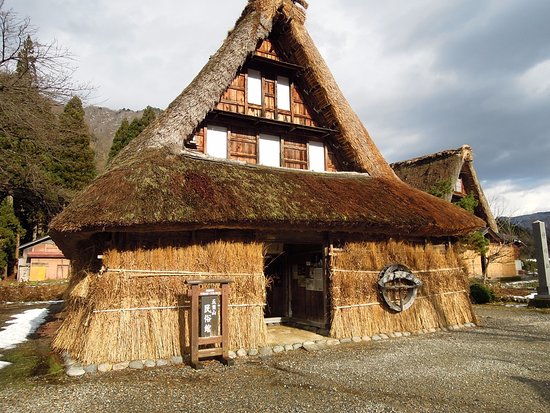
Many of the gassho-zukuri houses in Suganuma have now become small museums that show the daily lives of farmers, washi paper production and gunpowder manufacturing. In Gokayama Gassho no Sato, on the other side of the tunnel, there are still some traditional gassho-zukuri houses that have been redesigned to accommodate groups of students, schools and students to live and experience Gokayama.
Ainokura – the farest village in Gokayama
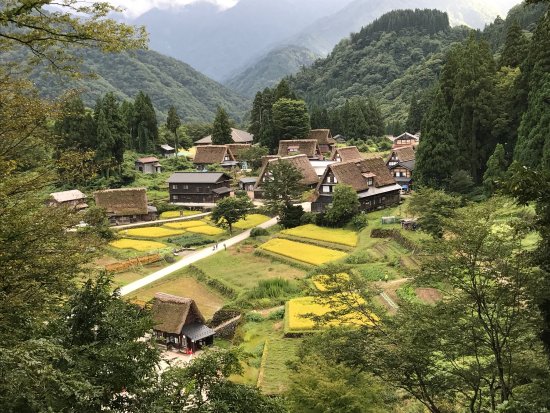
Deep in the valley, Ainokura is the most remote village in the Gokayama region. It is also the largest village in the region with nearly 20 gassho-zukuri houses. Many houses are still residential places.
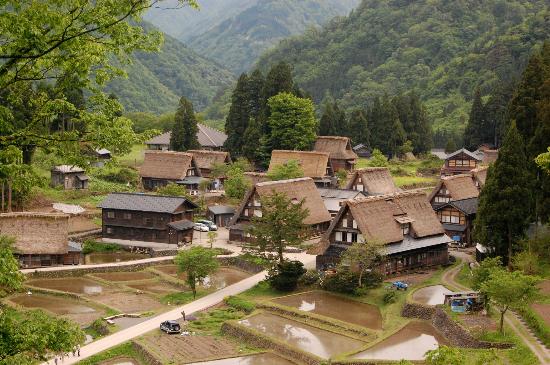
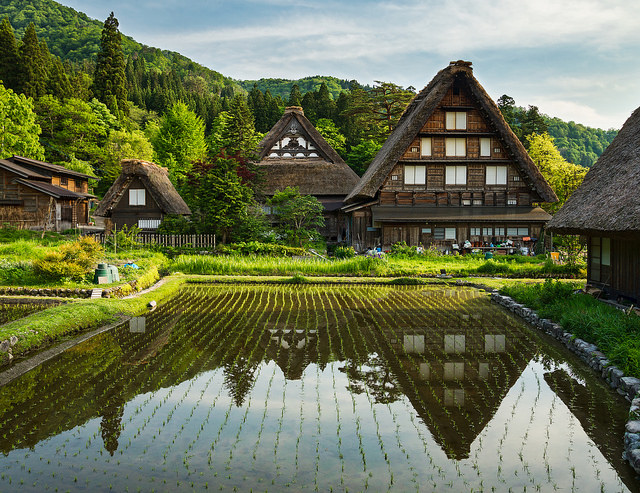
Although less developed, transportation is difficult and has very few amenities, Ainokura is very quiet, offering truly pristine and interesting experiences for visitors. At the same time, due to the distance, Ainokura has preserved many of the local cultural traditions such as music and folk dance.